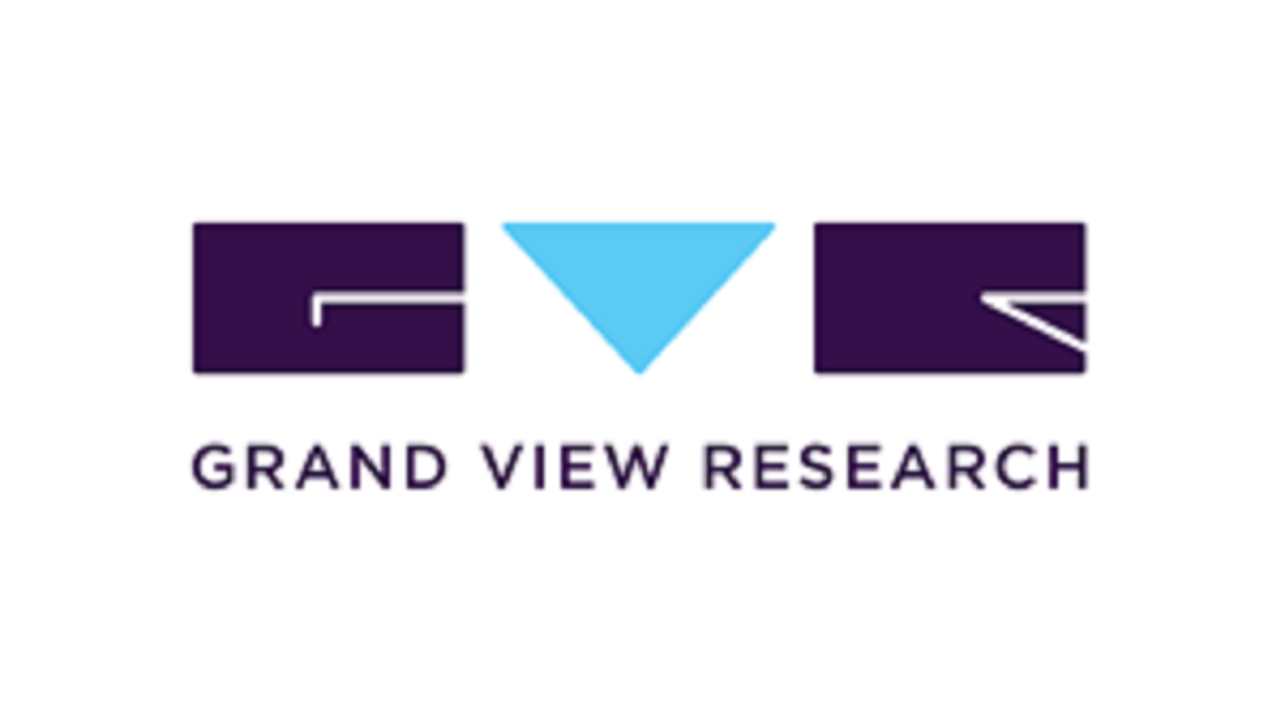The global invasive ductal carcinoma treatment market size was valued at USD 9.32 billion in 2024 and is projected to reach USD 15.21 billion by 2030, growing at a CAGR of 8.50% from 2025 to 2030. This growth is being driven by several key factors, including the rising prevalence of breast cancer worldwide, continuous technological advancements in medical treatments, an increasing shift toward personalized medicine, strong government support initiatives, and higher healthcare expenditure.
As ongoing research advances, new medications and alternative treatment options are expected to emerge, further accelerating market growth. A notable example of this trend occurred in April 2023, when thousands of breast cancer patients in England were offered a therapy targeting a specific inherited genetic mutation. This development marked a significant milestone in personalized oncology treatment, emphasizing the growing importance of therapies tailored to individual patient profiles.
Significant progress in breast cancer research and development (R&D) is anticipated to be a major driver of IDC treatment market growth. Continuous research has led to a deeper understanding of the molecular mechanisms underlying IDC, enabling the identification of novel therapeutic targets and the development of innovative drugs. Moreover, there is an increasing focus on immunotherapies, particularly checkpoint inhibitors, which have shown considerable promise in improving outcomes for patients with triple-negative breast cancer (TNBC), a challenging subtype of IDC.
For instance, in September 2024, Akeso presented the latest phase 2 clinical results at the 2024 ESMO Conference, highlighting the potential of ivonescimab in combination with chemotherapy. The study demonstrated strong efficacy and a favorable safety profile with a 10-month median follow-up, showcasing the promise of innovative combination therapies targeting TNBC—a segment traditionally considered difficult to treat. Positive clinical outcomes such as these not only enhance investor confidence but also facilitate regulatory approvals and broader adoption of novel therapies, thereby contributing to the continued expansion of the invasive ductal carcinoma treatment market.
Key Market Trends & Insights:
• In 2024, the North America invasive ductal carcinoma (IDC) treatment market emerged as the dominant regional market, capturing a revenue share of 39.49%. This leadership reflects the region’s advanced healthcare infrastructure, widespread availability of innovative treatment options, strong government support for cancer care, and significant investment in research and development activities targeting IDC.
• When analyzed by therapy type, the targeted therapy segment held the largest share of the market at 65.29% in 2024. This dominance can be attributed to the growing adoption of therapies that precisely target cancer cells while minimizing damage to healthy tissues, as well as the increasing focus on personalized medicine approaches in treating invasive ductal carcinoma.
• Based on treatment type, the hormone receptor segment accounted for the largest share of 65.33% in 2024. This indicates that hormone receptor-positive IDC continues to be the most prevalent subtype treated, with therapies designed to block or modulate hormone activity proving highly effective and widely prescribed in clinical practice.
• In terms of distribution channels, hospital pharmacies held the largest revenue share, capturing 44.53% in 2024. This is reflective of the fact that hospitals serve as primary points of care for cancer patients, providing comprehensive treatment options including chemotherapy, targeted therapies, and hormone therapies, along with supportive care services.
Order a free sample PDF of the Invasive Ductal Carcinoma Treatment Market Intelligence Study, published by Grand View Research.
Market Size & Forecast:
• 2024 Market Size: USD 9.32 Billion
• 2030 Projected Market Size: USD 15.21 Billion
• CAGR (2025-2030): 8.50%
• North America: Largest market in 2024
Key Companies & Market Share Insights:
The global invasive ductal carcinoma treatment market is characterized by intense competition, driven by the presence of numerous participants striving to strengthen their market positions. Leading companies in this sector typically have a strong market presence, offering diverse product portfolios that cater to various therapeutic needs and patient populations. Their operations often span multiple regions, supported by extensive geographical coverage and well-established distribution networks, enabling them to efficiently reach healthcare providers and patients worldwide.
In addition to their wide-reaching operations, many market players are making substantial investments in research and development (R&D). These investments are focused on innovating next-generation therapies and treatment solutions, improving efficacy, safety, and personalization in patient care. By continually advancing their product offerings, these companies aim to maintain a competitive edge, respond to evolving medical needs, and deliver the most advanced and effective invasive ductal carcinoma treatment solutions to their customers.
Key Players
• Novartis AG
• Pfizer Inc.
• Merck KGaA
• Janssen Pharmaceuticals, Inc.
• F. Hoffmann-La Roche Ltd.
• AstraZeneca
• AbbVie Inc.
• Bristol-Myers Squibb Company
• Macrogenics, Inc.
• Celldex Therapeutics
Explore Horizon Databook – The world's most expansive market intelligence platform developed by Grand View Research.
Conclusion:
The global invasive ductal carcinoma (IDC) treatment market is experiencing significant growth, driven by factors such as the increasing prevalence of breast cancer, technological advancements, and a shift towards personalized medicine. North America leads the market, with the U.S. focusing on personalized therapies and genetic testing. Advancements in immunotherapies, particularly checkpoint inhibitors, are showing promise in improving outcomes for patients with triple-negative breast cancer, a subtype of IDC. The market is also witnessing the emergence of innovative combination therapies and antibody-drug conjugates, which are expected to further propel growth.


